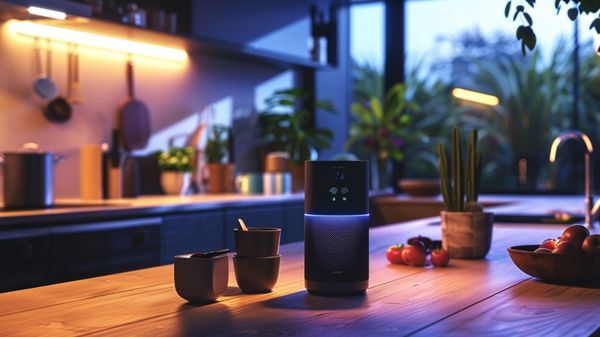Welcome to ‘Mastering Energy Efficiency in Home Design: A Guide’!
In this comprehensive guide, we will explore various strategies and techniques to achieve energy efficiency in your home design. From energy assessments to renewable energy systems, we have got you covered.
We understand the importance of belonging to a community that values eco-friendly design and saving money. That’s why we will delve into topics like advanced house framing, cool roofs, and passive solar design.
We will also discuss the benefits of insulation and thermal mass in achieving energy efficiency. Get ready to uncover practical tips and resources that will help you reduce energy consumption and create a home that is both comfortable and environmentally friendly.
Let’s embark on this energy-efficient journey together!
Ultra-Efficient Homes
In our guide to mastering energy efficiency in home design, we’ll now explore the subtopic of ultra-efficient homes.
These homes are designed to maximize energy efficiency by incorporating various strategies such as energy-efficient construction, appliances, lighting, and renewable energy systems.
One of the key features of ultra-efficient homes is the use of passive solar heating and cooling, which takes advantage of the local climate and site conditions to minimize the need for artificial heating and cooling. Additionally, these homes often utilize solar heating systems to further reduce energy consumption.
Advanced House Framing
To achieve optimal energy efficiency in home design, we can employ advanced house framing techniques.
Advanced house framing is a method that reduces lumber use and waste while enhancing energy efficiency in wood-framed houses. By using this technique, we can create an energy-efficient home that maximizes heating and cooling efficiency, resulting in lower energy use and costs.
Advanced house framing not only reduces environmental impact but also contributes to overall energy conservation. This method allows for value engineering, ensuring a more efficient and environmentally friendly home design.
Cool Roofs
One key aspect in achieving energy efficiency in home design is implementing cool roofs. Cool roofs use highly reflective materials to reduce heat absorption and keep homes cooler during hot weather. By reflecting more light and absorbing less heat, cool roofs contribute to improved indoor comfort and reduce the need for air conditioning, leading to lower energy consumption and cost savings.
Additionally, cool roofs play a significant role in environmental sustainability by reducing greenhouse gas emissions and mitigating the effects of climate change. Installing cool roofs is a practical solution for homeowners who want to make their homes more energy efficient and contribute to a greener future.
The Department of Energy and the Green Building movement encourage the use of cool roofs as an effective strategy for promoting energy efficiency in home design.
Passive Solar Design
Implementing passive solar design is essential for maximizing energy efficiency and promoting sustainable living in our homes. Passive solar design utilizes the natural elements to heat and cool our homes, reducing our reliance on artificial heating and cooling systems.
By strategically placing windows and designing our homes to take advantage of the sun’s rays, we can harness solar energy for free heating during the winter months. Additionally, incorporating thermal mass materials such as concrete or brick can store heat during the day and release it at night, providing continuous warmth.
In terms of cooling, shading elements like awnings and trees can prevent excessive heat gain during the summer.
Earth-Sheltered Homes
Continuing our exploration of maximizing energy efficiency in home design, let’s delve into the benefits of earth-sheltered homes.
Earth-sheltered homes provide natural insulation and reduce the need for heating and cooling. By utilizing the earth’s mass, these homes maintain stable indoor temperatures, resulting in lower energy consumption.
In addition, earth-sheltered homes offer natural protection from extreme weather conditions, reducing the reliance on expensive air conditioning systems. Not only are these homes energy-efficient, but they also have lower maintenance and operating costs compared to traditional homes.
While there may be upfront costs associated with building an earth-sheltered home, the long-term savings in energy bills make them a worthwhile investment. In fact, the United States’ Home Energy Score program recognizes the energy efficiency of earth-sheltered homes.
Conclusion
In conclusion, ‘Mastering Energy Efficiency in Home Design: A Guide’ offers valuable insights and strategies for creating energy-efficient homes.
One interesting statistic is that implementing advanced house framing techniques can reduce energy consumption by up to 30%.
By following the guide’s recommendations, homeowners can make practical changes to their homes that won’t only save money but also contribute to a more sustainable future.
Start making a difference today by incorporating energy-efficient design principles into your home.




